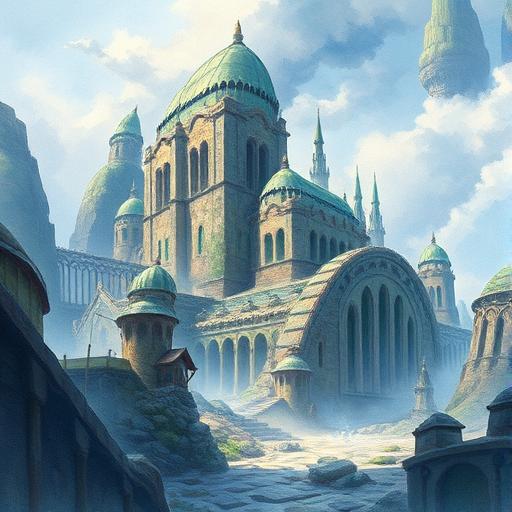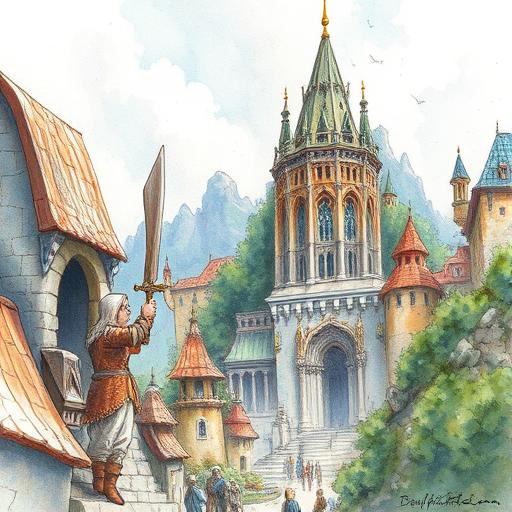Techniques for Creating Immersive and Sensory-Rich Environments in Fiction
This article provides writers with practical techniques for crafting immersive and sensory-rich environments in their fantasy worlds, drawing on real-world inspirations and research. By incorporating sensory details and sensory storytelling, writers can transport their readers to new and imaginative worlds.

Introduction to Sensory Worldbuilding
As writers, we strive to create environments that transport our readers to new and imaginative worlds. One key technique for achieving this is through the use of sensory details. By incorporating sensory elements into our worldbuilding, we can create a richer, more immersive experience for our readers. For more on the role of sensory details in worldbuilding, check out our article on exploring the role of sensory details in immersive worldbuilding techniques.
Building a Sensory Landscape
To create a sensory-rich environment, consider the following elements:
- Sight: What does the landscape look like? What are the dominant colors, textures, and features?
- Sound: What sounds can be heard in this environment? Are there any distinctive noises or silences?
- Smell: What scents are present in this environment? Are they pleasant or unpleasant?
- Touch: What textures and sensations can be felt in this environment? Are there any distinctive temperatures or sensations?
- Taste: What flavors are present in this environment? Are there any unique or exotic tastes?
Drawing Inspiration from the Real World
One way to create a believable and immersive environment is to draw inspiration from the real world. Research different landscapes, cultures, and ecosystems to get a sense of the sights, sounds, and smells that are unique to each place. For example, the desert landscapes of Africa and the Middle East have a distinct set of sensory characteristics that can be used to inform your worldbuilding. For more on using real-world inspirations in your fantasy worldbuilding, check out our article on writing diverse fantasy worlds with real-world inspirations and research.
The Intersection of Technology and Magic
In many fantasy worlds, technology and magic coexist and intersect in complex ways. When building your environment, consider how these elements interact and impact the sensory landscape. For example, a world with advanced magical technology may have a distinct set of sounds, smells, and sensations associated with its use. For more on the intersection of technology and magic in modern fantasy fiction, check out our article on exploring the intersection of technology and magic in modern fantasy fiction.
Creating a Sense of Place
A sense of place is crucial to creating an immersive environment. This can be achieved by using sensory details to evoke a sense of history, culture, and community. Consider the following techniques:
- Use descriptive language to bring the environment to life
- Incorporate local customs, traditions, and myths into the narrative
- Use sensory details to evoke a sense of atmosphere and mood
Building Believable Societies and Cultures
A believable society and culture are essential to creating an immersive environment. This can be achieved by considering the social, economic, and cultural context of your world. For more on building believable societies and cultures, check out our article on building believable societies and cultures in fantasy and science fiction.
Conclusion
Creating immersive and sensory-rich environments is a key part of building a compelling fantasy world. By incorporating sensory details, drawing inspiration from the real world, and considering the intersection of technology and magic, writers can craft environments that transport their readers to new and imaginative worlds. Remember to use descriptive language, incorporate local customs and traditions, and evoke a sense of atmosphere and mood to create a sense of place. With these techniques, you can build a world that will leave your readers spellbound and eager for more.
Comments
Comments are hidden to save bandwidth. Load them when you want to read or leave one.






